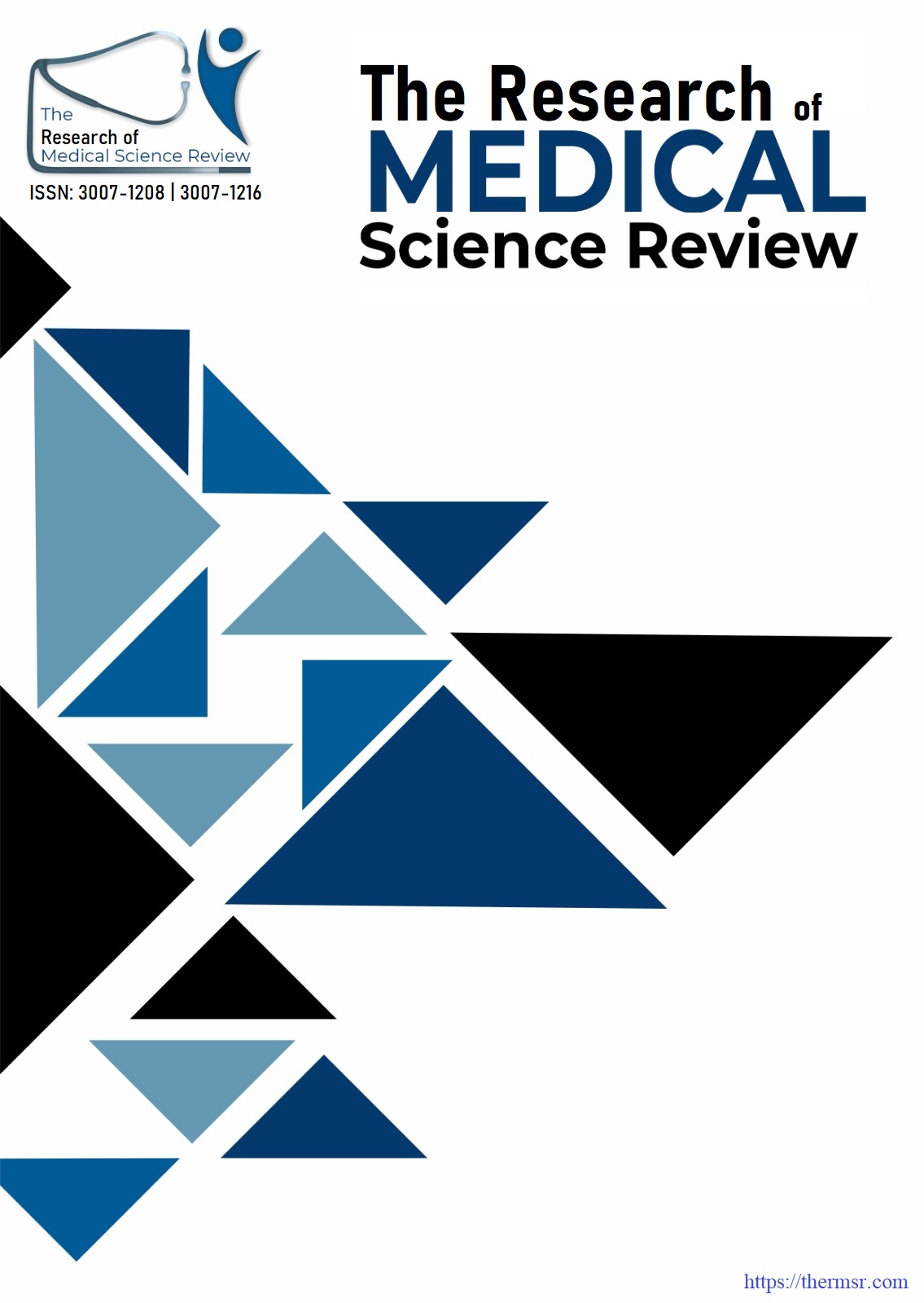DIAPHRAGMATIC BREATHING VS. INCENTIVE SPIROMETRY IN PULMONARY REHABILITATION: A CROSS-SECTIONAL STUDY
Main Article Content
Abstract
Background: Pulmonary rehabilitation plays a vital role in managing chronic respiratory conditions and post-operative recovery. Breathing exercises such as diaphragmatic breathing (DB) and incentive spirometry (IS) are widely used to improve lung function and reduce symptoms. However, comparative evidence on their effectiveness remains limited.
Objectives: This study aimed to compare the effectiveness of diaphragmatic breathing and incentive spirometry in improving lung function, reducing dyspnea, and enhancing patient adherence and satisfaction.
Methods: A cross-sectional study was conducted at a pulmonary rehabilitation center, including 200 participants (100 in the DB group and 100 in the IS group). Lung function parameters (FEV1, FVC, tidal volume), dyspnea severity (mMRC scale), adherence rates, and patient satisfaction were assessed pre- and post-intervention. Data were analyzed using descriptive statistics, paired and independent t-tests, and chi-square tests.
Results: Both interventions significantly improved lung function and reduced dyspnea. The DB group showed greater improvements in FEV1 (0.40 L vs. 0.26 L) and FVC (0.45 L vs. 0.28 L) compared to the IS group (p < 0.05). Dyspnea scores decreased in both groups, with a slightly greater reduction in the DB group. Adherence (92% vs. 85%) and patient satisfaction (4.5 vs. 4.2, p = 0.02) were significantly higher in the DB group.
Conclusion: Diaphragmatic breathing is a cost-effective, non-device-based intervention that offers comparable or superior outcomes to incentive spirometry, particularly for chronic conditions like COPD and asthma. Its simplicity and high adherence make it a valuable addition to pulmonary rehabilitation programs.
Downloads
Article Details
Section

This work is licensed under a Creative Commons Attribution-NonCommercial-NoDerivatives 4.0 International License.
